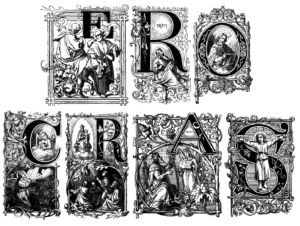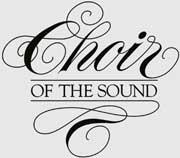 –By Brandon
–By Brandon
The tune of “O Come, O Come, Emmanuel” was derived from a 15th-century French processional chant for burials. The text for the song originated in the eighth century O Antiphons. The most popular version of this hymn came from the Hymns Ancient and Modern in 1861. The modern text is appropriate for the Advent season, discussing the coming of Christ while recognizing the longing that is present in the season (juxtaposed with “Joy to the World” or “Hark the Herald Angels Sing”)–congruous with the minor key of the song. For those looking for hidden meaning in the text, the second word of each verse of the Latin O Antiphons, when read backwards reads “ero cras” – which means “Tomorrow, I will be there.”
Member reflection: “O Come, O Come, Emmanuel” was my first taste of ancient music; even in its hymnal form, confined to regular measures and 4/4 time, I could feel the swell and ebb of longer phrases, and catch the echoes of tall, narrow, stone halls. It was the beginning of a lifelong love affair that led me to Renaissance Fairs and their recorder consorts; college musicology courses in the mysteries of modes and the Guidonian Hand; and many, many recordings from Nonesuch Records. —Linda

